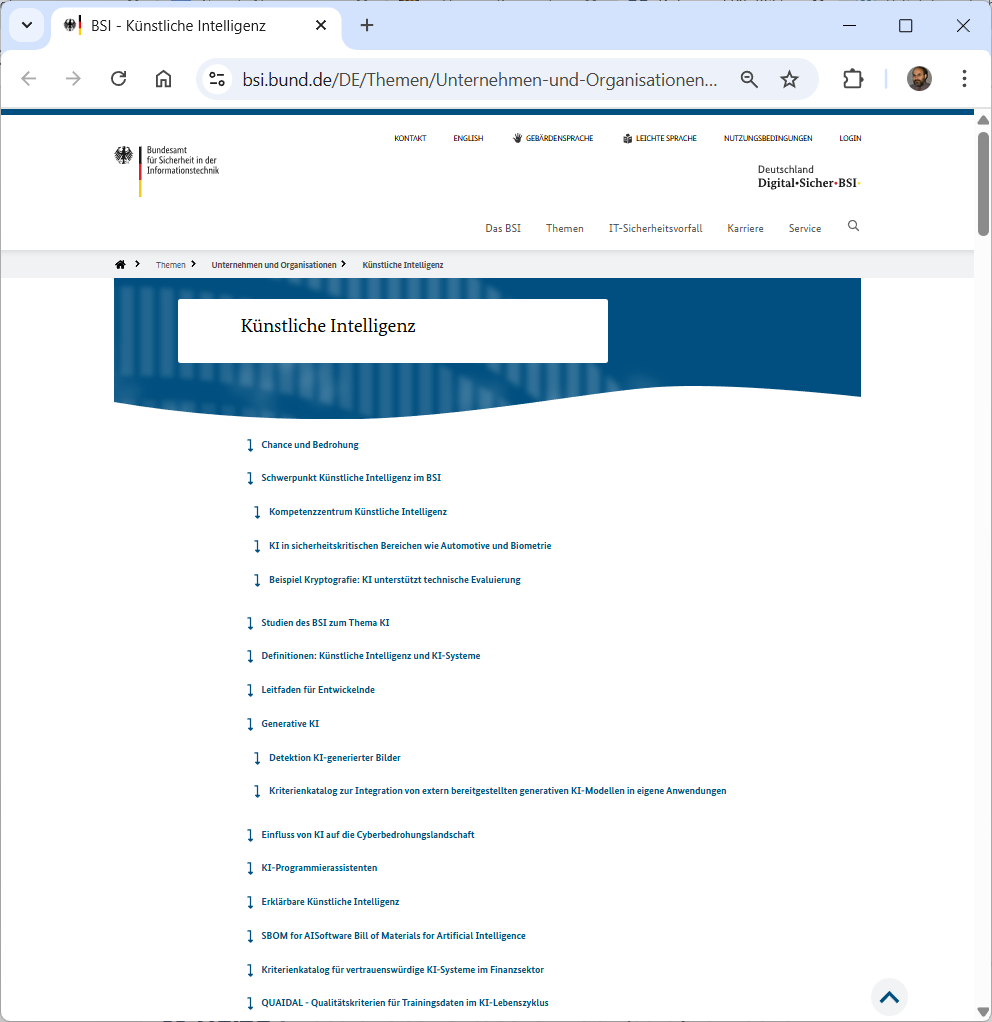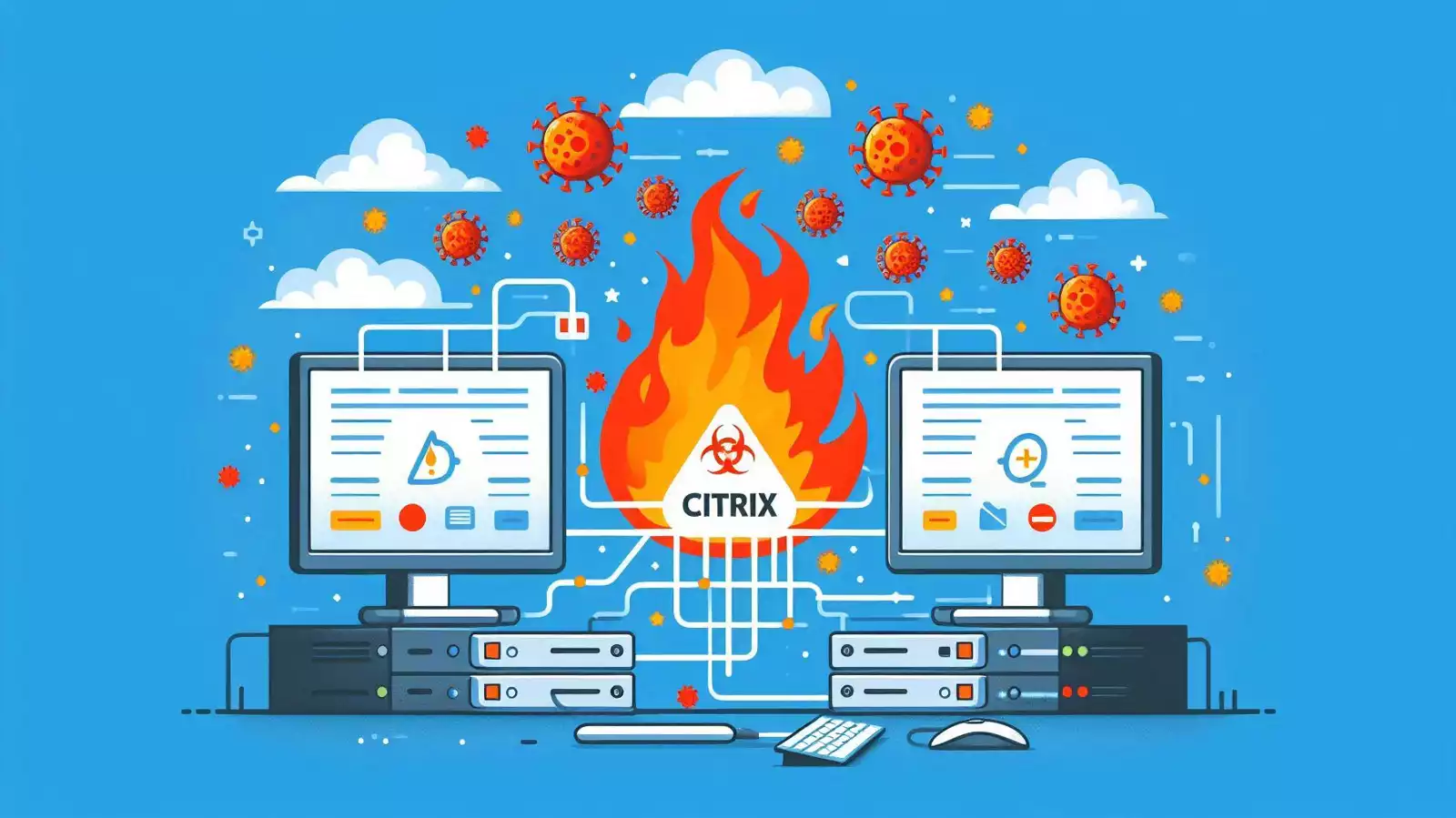 Microsoft SharePoint – Customer guidance for vulnerability CVE-2025-53770 because an attacker can write files to the server without authenticating
Microsoft SharePoint – Customer guidance for vulnerability CVE-2025-53770 because an attacker can write files to the server without authenticating
Archive for the ‘Security Solution’ Category
Microsoft SharePoint – Customer guidance for ‚ToolShell‘ vulnerability CVE-2025-53770
Montag, Juli 21st, 2025Google Chrome OS Version 138.0.7204.158 – steht zum Download bereit
Mittwoch, Juli 16th, 2025Microsoft 365 Copilot – erstmals reicht eine einzelne eMail aus um sämtliche deiner Daten an den Angreifer zu übertragen denn die Copilot Schwachstelle ‚EchoLeak‘ macht es möglich
Montag, Juli 14th, 2025Bundesamtes für Sicherheit in der Informationstechnik (BSI) – betroffene Unternehmen müssen dem BSI erhebliche NIS-2 Sicherheitsvorfälle melden
Sonntag, Juli 13th, 2025AVM FRITZ!Tech – die Urlaubszeit steht vor der Tür und wer auch unterwegs sicher im Internet surfen will sollte seine Geräte richtig vorbereiten
Samstag, Juli 12th, 2025WhatsApp – „Komm NICHT in die Gruppe!“ bedeutet dass jemand nicht in eine bestimmte WhatsApp Gruppe aufgenommen werden möchte
Dienstag, Juli 8th, 2025Cisco Unified Communications Manager (Unified CM) & Cisco Unified Communications Manager Session Management Edition (Unified CM SME) – could allow an unauthenticated remote attacker to log in to an affected device using the root account which has default static credentials that cannot be changed or deleted
Donnerstag, Juli 3rd, 2025The vulnerability (tracked as CVE-2025-20309) was rated as maximum severity and it is caused by static user credentials for the root account which were intended for use during development and testing
Linux command ’sudo‘ – with version 1.9.14, attackers can gain root access with simple user rights
Donnerstag, Juli 3rd, 2025Bundesamtes für Sicherheit in der Informationstechnik (BSI) – Übersichtsseite zu Künstlicher Intelligenz (KI) publiziert
Dienstag, Juli 1st, 2025Google Chrome OS Version 138.0.7204.97 – steht zum Download bereit
Dienstag, Juli 1st, 2025Google Chrome OS Version 138.0.7204.50 – steht zum Download bereit
Mittwoch, Juni 25th, 2025Citrix – closes security vulnerabilities in Netscaler ADC and Gateway
Mittwoch, Juni 18th, 2025Google Chrome OS Version 137.0.7151.120 – steht zum Download bereit
Dienstag, Juni 17th, 2025Trend Micro – SECURITY BULLETIN June 2025
Donnerstag, Juni 12th, 2025Trend Micro – SECURITY BULLETIN June 2025

 Linux command ’sudo‘ –
Linux command ’sudo‘ – 
